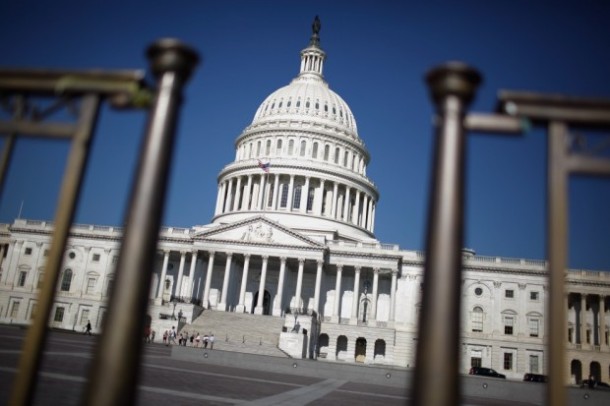- Kerry Hughes
Organ donation is a topic that is rarely discussed, except when one is in need of one. However, they the topic is currently back in the news, particularly in the case of a 10 year old little girl, Sarah Murnaghan. Sarah has cystic fibrosis and is in need of both a lung and liver transplant.
Due to the organization of the transplant list, there are two separate lists: one for children under 12 and one for adults. Sarah would be on the under 12 list. The idea of separating the lists came from the Organ Procurement and Transplantation Network, which has handled transplant policy for the federal government since 2005. The reasoning for needing two lists was that children are smaller, so they need smaller organs.
Now, with two lists, adults and children can be sure to receive appropriately-sized organs. It is important to note, however, that children only receive organs after they have been offered to the adult list or in minimal numbers through their own transplant list. The fact is there are far more transplantable organs available for adults than children: 1,700 transplantable lungs were on the list last year, but only 20 came from donors under 11.
Sarah’s parents and a PA congressman, Lou Barletta, petitioned the courts to allow Murnaghan to be exempt from the rule that places her on the list for under 12 year olds. Some transplant specialists stated that these guidelines have become outdated and that there is no medical reason not to transplant a matched organ, based on blood type and size. Appeals were made to the Health and Human Services Secretary, Kathleen Sebelius, but she chose not to intervene in this case.
In related news, there has been growing concern from the medical community that the courts are making medical decision instead of doctors. The worry is that a risky precedent is…
continue reading





